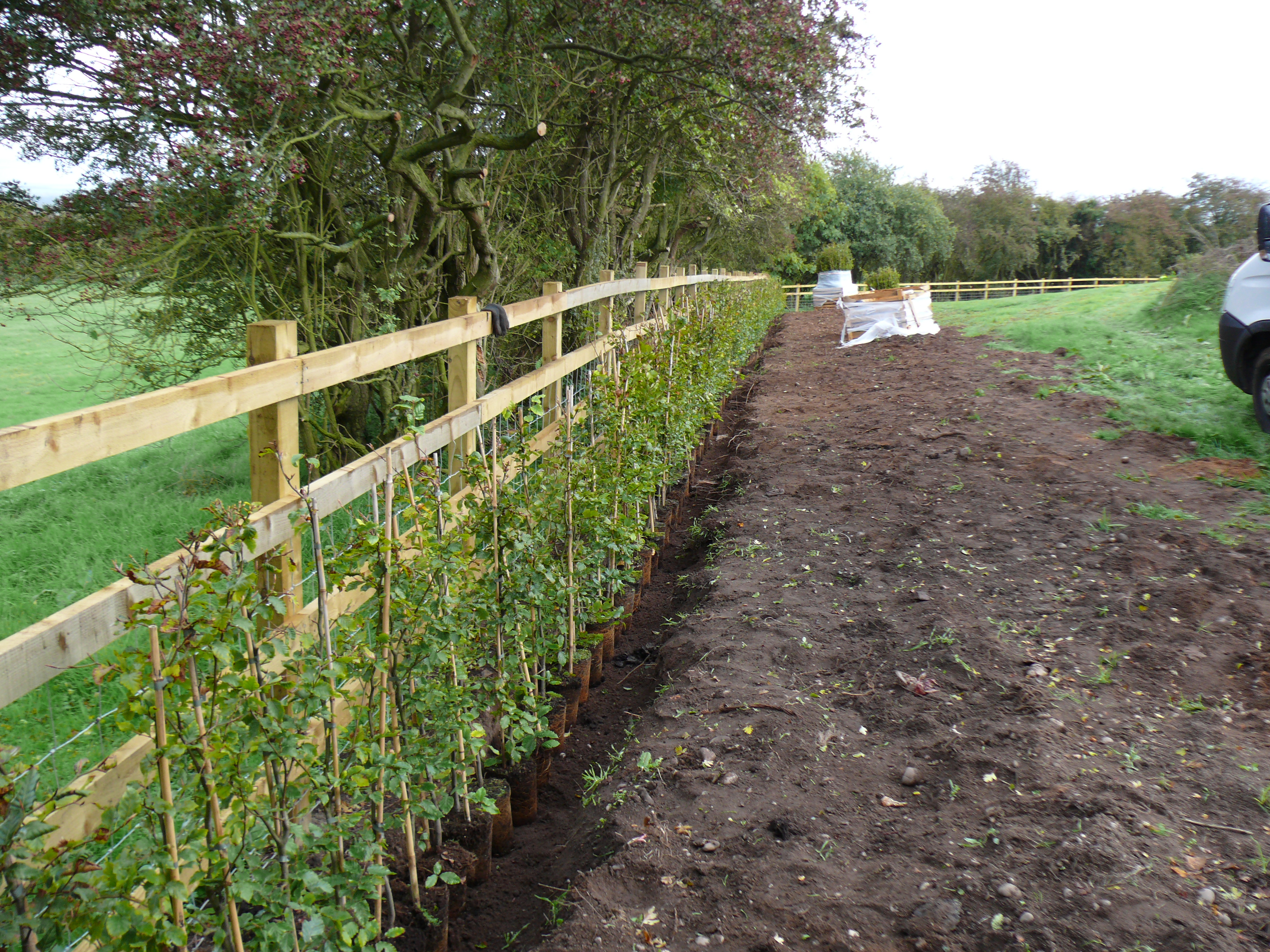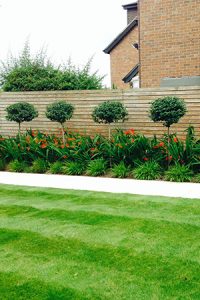
Planting Trees and Shrubs-When should I plant?
Weather conditions are important when planting trees and shrubs. The time to plant them is from October to April. Container grown plants can be planted at any time of the year but is best done between October and April. This is due to the upkeep. If they are planted in the spring/summer months they will require constant watering as the soil will be too dry.

How do I prepare the Ground?
The condition of the soil is a contributing factor to take into consideration. If the soil lacks nutrients and there isn’t enough air in it (due to compaction) then the plant won’t grow once planted. Also, the moisture in the soil needs to be taken into account, you must ensure that it is neither overly excessive nor too sparse. This may seem somewhat overwhelming however follow ground preparation steps below to give your plants the best possible start.
• Loosen the soil using a big spade or a fork to rule out compaction. This also is beneficial to improving the drainage of the soil allowing the moisture to be evenly spread across the area being planted up.
• If the soil becomes boggy over the winter one option would be to install a drainage system.
• Another way to avoid the soil becoming waterlogged is to plant on a mound rather than a flat surface.
Excessive moisture in the soil is also harmful to the roots. Due to this the finer roots in essence drown and become blackened and smelly, allowing the other roots susceptible to disease. If you follow the simple steps above damage to the roots will be avoided.
How do I plant?
Once the above steps have been taken, you can start to plant your tree or shrubs. Even if you have never had the chance to plant up anything before, by following Blue Iris Landscapes simple planting steps even a novice gardener will have the desired outcome. Here are some planting tips:
• Remove the plants from their containers or fabric wrapping.
• Separate and spread out the roots to estimate their spread.
• Dig a hole for planting deeper than the roots and then backfill it with compost three times the diameter of the roots when constrained by their pot.
• Break up any compacted soil using a fork on the sides or in the base of the hole dug for planting.
• Scrape away the top layer of compost from the roots if container-based.
• Place your plant carefully into the planting hole you have dug.
• Refill the hole with soil carefully taking special care placing the soil between the roots to avoid air pockets.
• Firm down the soil as you go but taking care not to over-compact it.
What is left to do?
Although the planting has been completed this doesn’t necessarily mean that the hard work is over. Aftercare of these newly planted trees and shrubs is so important. Watering these plants is crucial. This is because drought stress which is a common issue with newly planted trees and plants can occur. As the root spread is so deep, even if we have a cool wet summer the rain won’t penetrate all the way down leaving the soil around the roots dry.
Weeding can also be a problem. This is because the weeds that grow draw up the water before it has had time to reach the roots of the newly planted plants. One way to avoid this happening is to keep any other foliage at least 1.0 metre in diameter away from the plant for the first three years. The weeds that do arise can be sprayed with a systemic weedkiller which kills even the root.
By following the steps contained in this article, your finished result will be a well flourishing plant or shrub.
For any further information on planting shrubs and trees don’t hesitate to contact us.
